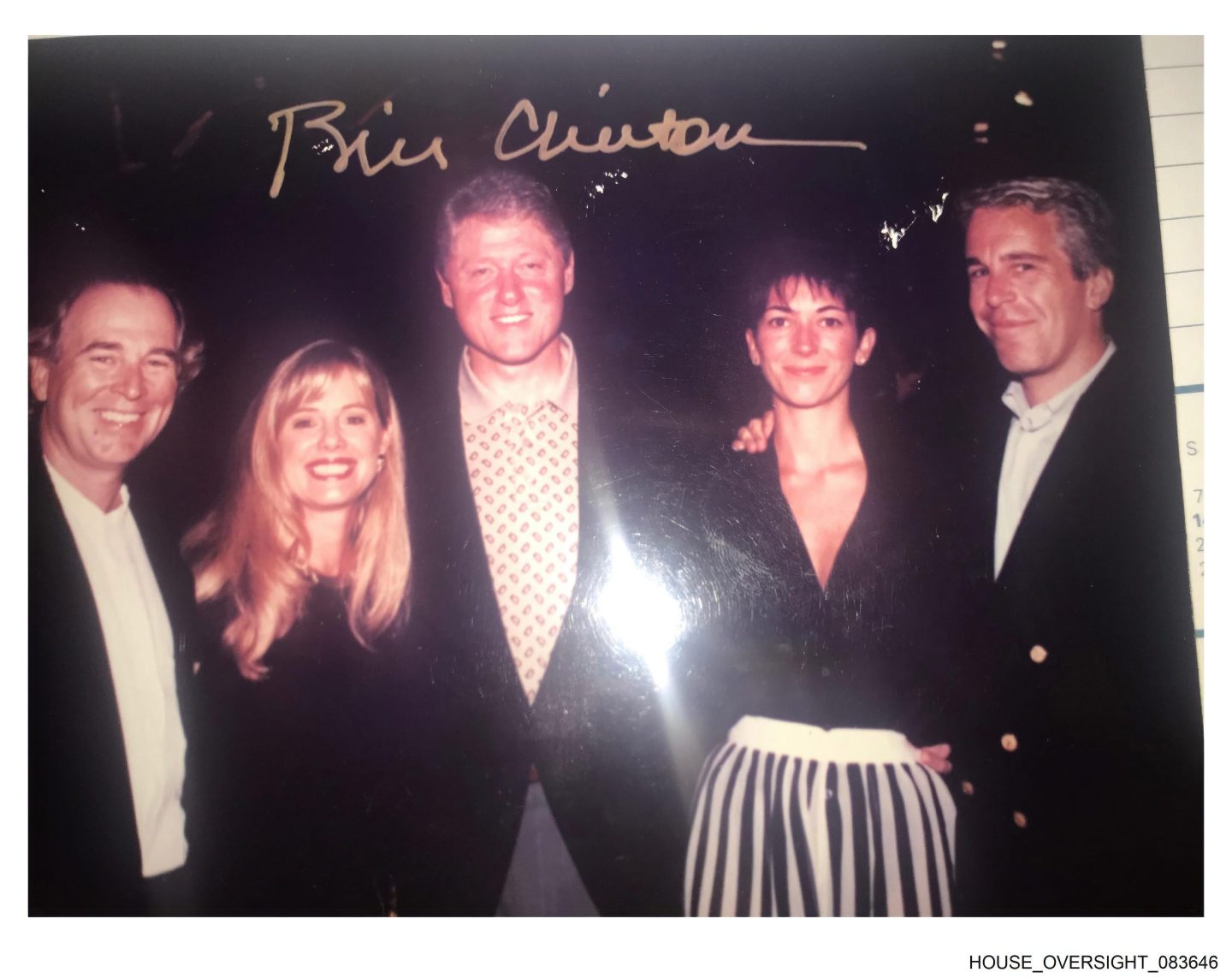Income inequality in the U.S., which has steadily been increasing since the 1980s, has reached levels last seen in the years just before the Great Depression, according to a recent economic analysis.
In a paper authored by UC Berkeley economics professor Gabriel Zucman and published by the National Bureau of Economic Research, Zucman determined that in 1929, just before the Wall Street Crash that helped precipitate the Great Depression, the top 0.1% richest adults’ share of total household wealth was close to 25%. During the Depression and World War II, the share of the top 0.1% declined until it “reached its low-water mark in the 1970s,” the paper said.
“Wealth inequality has increased dramatically since the 1980s, with a top 1% wealth share around 40% in 2016 vs. 25%–30% in the 1980s,” Zucman wrote, noting that “the share of wealth owned by the bottom 90% has collapsed in similar proportions.” The only country Zucman found with similarly high levels of wealth inequality was Russia.
The paper also cautioned that, as bad as these numbers look, they could be even worse in reality because the recent decades of financial globalization have made it harder to measure the wealth of the richest people.
“It is not enough to study wealth concentration using self-reported survey data or even tax return data,” Zucman wrote. “Because the wealthy have access to many opportunities for tax avoidance and tax evasion—and because the available evidence suggests that the tax planning industry has grown since the 1980s as it became globalized—traditional data sources may under-estimate inequality.”
Even with the data that is available, income inequality appears to have gone back to the levels of the last gilded age. “U.S. wealth concentration seems to have returned to levels last seen during the Roaring Twenties,” Zucman said.











